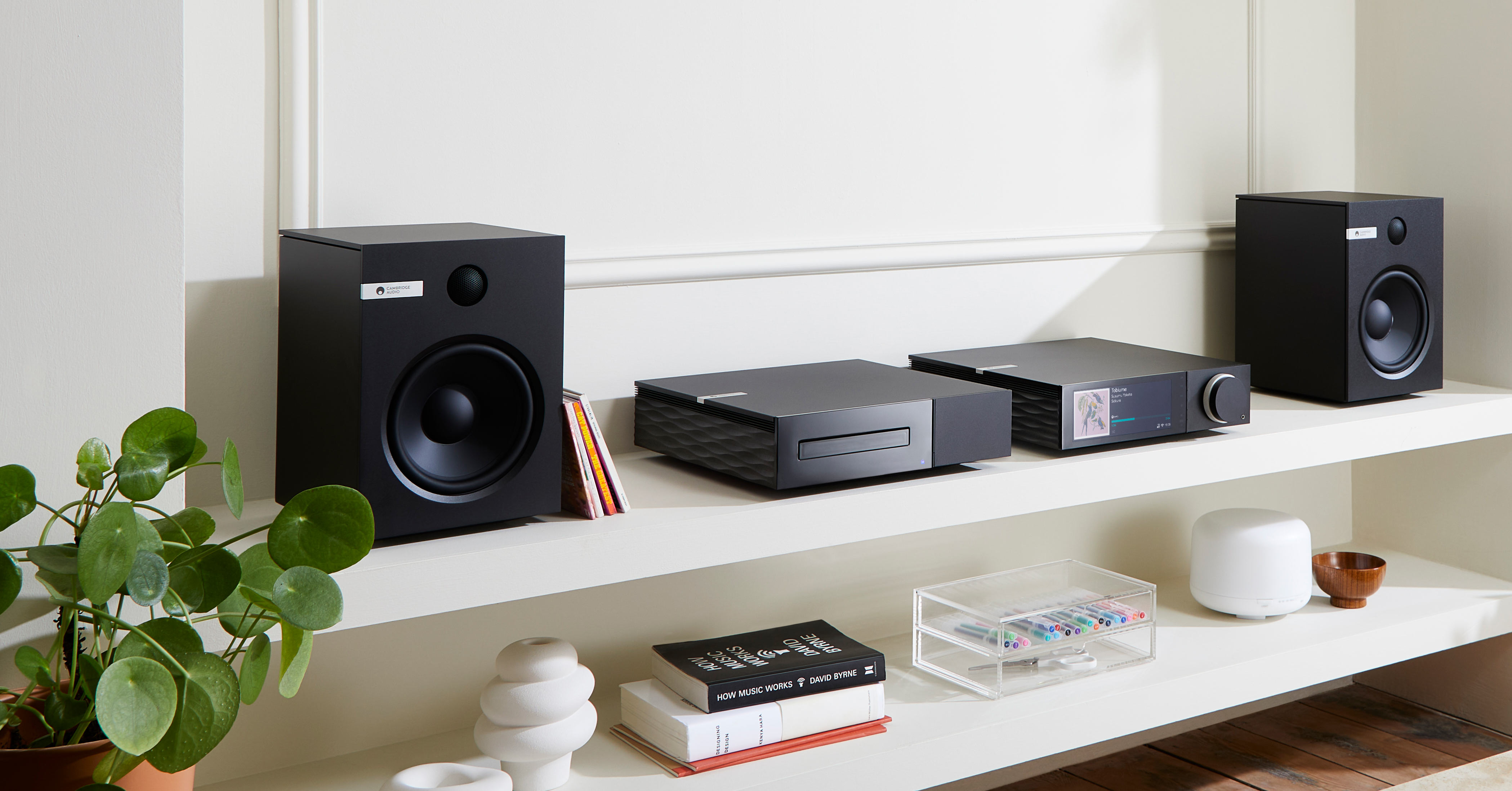What Factors Influence The Design Of A Home Audio System? - smitjohn98/blog GitHub Wiki

A well-designed home audio system enhances entertainment experiences, providing immersive sound for music, movies, and gaming. Several factors play a crucial role in achieving optimal performance, ensuring that the system suits the specific needs of the space. Room acoustics, speaker placement, amplifier power, and wiring configurations all contribute to sound quality. A professionally planned setup ensures seamless integration, with the right balance of aesthetics and performance. Whether designing a system for a small apartment or a large home theater, working with Sound System Installation Services ensures precision in every aspect.
Room Size and Acoustics
The dimensions and acoustics of a room significantly impact the quality of sound reproduction. Larger rooms require more powerful speakers or multiple speaker placements to fill the space evenly. Small rooms, on the other hand, can experience sound reflections that may lead to distortion if the setup is not properly adjusted.
Acoustic treatments, such as carpets, curtains, and soft furnishings, help in minimizing echo and improving sound absorption. Hard surfaces like glass and tiled floors tend to reflect sound, creating unwanted reverberation. The placement of speakers also matters, as positioning them too close to walls or corners can cause bass buildup, affecting the clarity of audio.
Speaker Selection Criteria
Choosing the right speakers depends on the intended purpose of the system and personal audio preferences. Bookshelf speakers work well for compact spaces, while floor-standing speakers provide a more powerful and immersive experience in larger rooms. Surround sound systems create a cinematic effect, making them a popular choice for home theaters.
Wireless and wired speaker options each have their benefits. Wireless models offer convenience and flexibility, while wired speakers provide stable, interference-free audio transmission. Speaker sensitivity, measured in decibels (dB), determines how efficiently a speaker converts power into sound. Higher sensitivity ratings result in louder sound output with less power consumption.
Amplifier Matching Essentials
An amplifier serves as the power source for the speakers, ensuring they operate at their optimal performance level. Matching the amplifier to the speakers is crucial, as an underpowered or overpowered amplifier can affect sound quality and even damage the components. Impedance compatibility, typically measured in ohms, should align between the amplifier and the speakers for smooth operation. Power output, measured in watts per channel, determines how effectively the amplifier can drive the speakers. A well-matched amplifier prevents distortion at high volumes and ensures balanced audio delivery across different frequencies.
Wiring and Connectivity Options
A well-planned wiring setup ensures seamless connectivity between components and minimizes signal loss. High-quality speaker cables maintain signal integrity, while poor-quality wiring can lead to interference and degraded sound quality. The length and gauge of cables affect performance, with thicker cables providing better conductivity for longer distances.
Connectivity options have expanded with advancements in technology. Traditional wired connections still provide the most stable signal transmission, but wireless solutions such as Bluetooth and Wi-Fi allow for greater flexibility. Smart home integration enables voice control and remote access, making it easier to manage the audio system from different devices.
Integration with Decor
Blending an audio system with home decor enhances the overall aesthetic while maintaining functionality. Many speaker designs now focus on minimalistic styles that complement modern interiors. In-wall and in-ceiling speakers provide high-quality sound while remaining discreet, making them ideal for those who prefer an uncluttered space.
Furniture placement also affects speaker positioning. Placing speakers at ear level optimizes sound delivery, while avoiding obstacles that may block or distort sound waves. Adjustable speaker stands and mounts offer versatility, allowing fine-tuning for the best listening experience without compromising the decor.
Budget Planning Guidelines
Planning a budget helps in selecting the right components without overspending. Entry-level systems provide decent sound quality at an affordable price, while premium systems offer superior audio performance with advanced features. Understanding the cost of speakers, amplifiers, wiring, and accessories helps in making informed purchasing decisions.
Future-proofing the system is an essential consideration. Investing in scalable components allows for upgrades over time rather than requiring a complete system replacement. Prioritizing core components, such as speakers and amplifiers, ensures long-term satisfaction with the setup.
Conclusion
Designing a home audio system involves careful consideration of room acoustics, speaker selection, and amplifier compatibility. Proper wiring and connectivity solutions ensure stable performance, while integration with decor enhances both functionality and aesthetics. Budget planning helps in making cost-effective choices without compromising sound quality. Professional assistance from Sound System Installation Services ensures that every component works harmoniously to create an immersive audio experience tailored to individual needs.